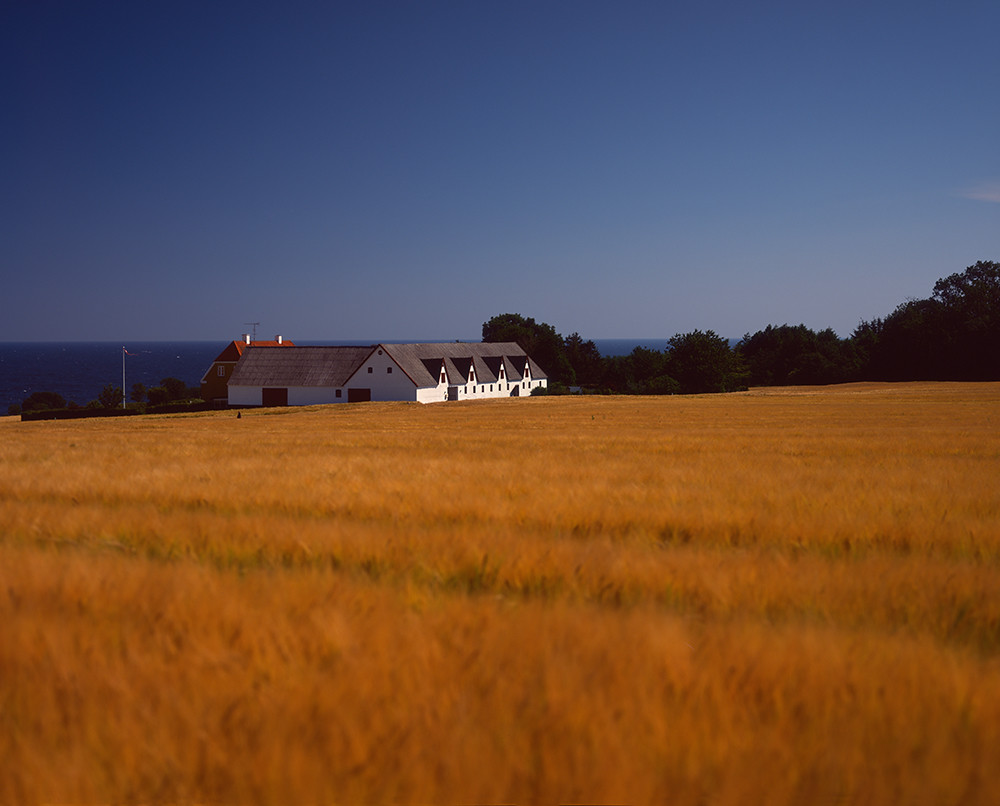Hello everybody!
I´m still quite new to LF-photography but I defently love it. I want to open this thread to discuss a problem I encounter with slide film since I started. Especially with Velvia 50 that I love for its colors. I therefore use Provia and Ektar also to get a higher chance with scenes that have to much contrast, but I also have problems with scenes, that should be possible with Velvia.
For exposure metering I use a Gossen Starlite. I use a polarizer and ND grad. filters quite often, maybe too often.
I meter Velvia 50 at 50.
Here are 3 sample shots. All were taken around 5-6 PM in beautiful golden light. All three pictures are overall too dark. Unfortunately I can only show you the processed scans. i don´t have the RAW Scans any more, but they are all quite dark. I think the problem is, that I stick too tight to the advice: "with slide film expose for the highlights". So in all these 3 shots I placed the lightest highlights (boat, wall, roof) at zone 6+1/2 or 7. But the rest of the picture that shows 98% of the things I want to look at is too dark. Don´t be bewildered about these scans here, they were processed and had a fair amount of shadow lightening.
My question is:
How would you have done it?
Where to place trees or the sky. Where to place the stones of the mole in the first picture?
How do I ensure, that the most important part of the image is correctly exposed with Velvia?
I´m interested in any hint and exspecially in your own personel experiance!
Tango Übersicht von sdzsdz auf Flickr
Bornholm 4x5 13 von sdzsdz auf Flickr
Bornholm 4x5 2 von sdzsdz auf Flickr
Thank you all!
Sebastian






 Reply With Quote
Reply With Quote



Bookmarks